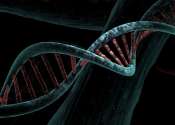Genomes from 240 mammalian species reveal what makes the human genome unique
Over the past 100 million years, mammals have adapted to nearly every environment on Earth. Scientists with the Zoonomia Project have been cataloging the diversity in mammalian genomes by comparing DNA sequences from 240 ...









